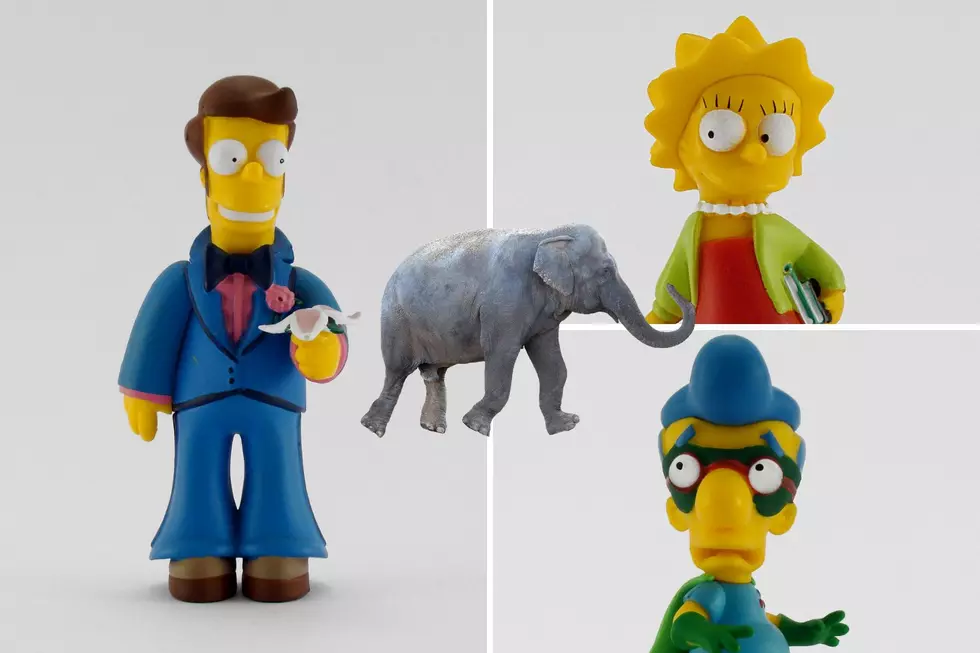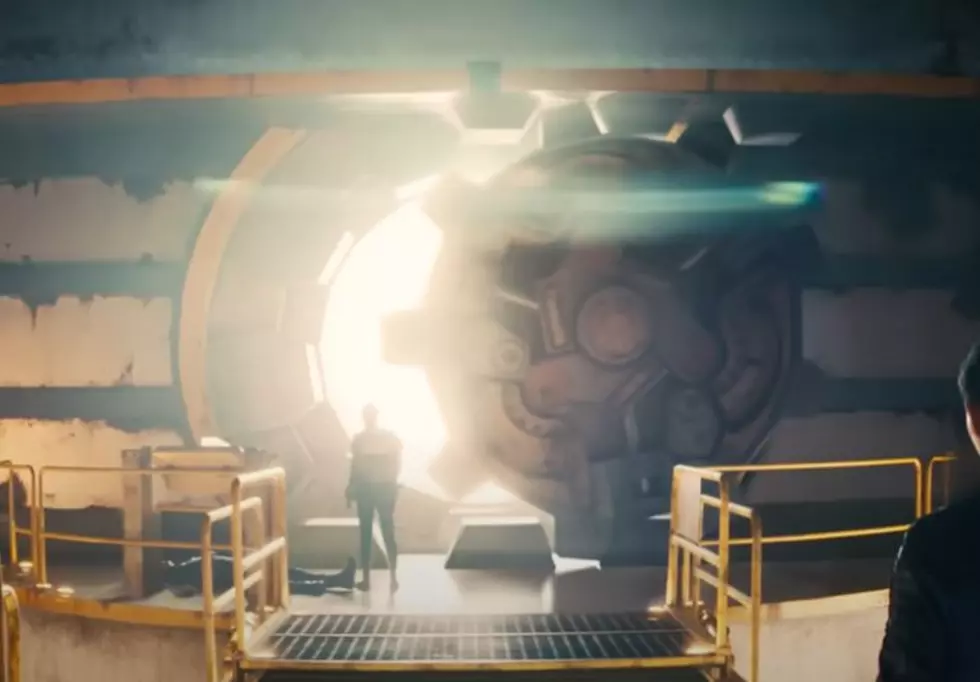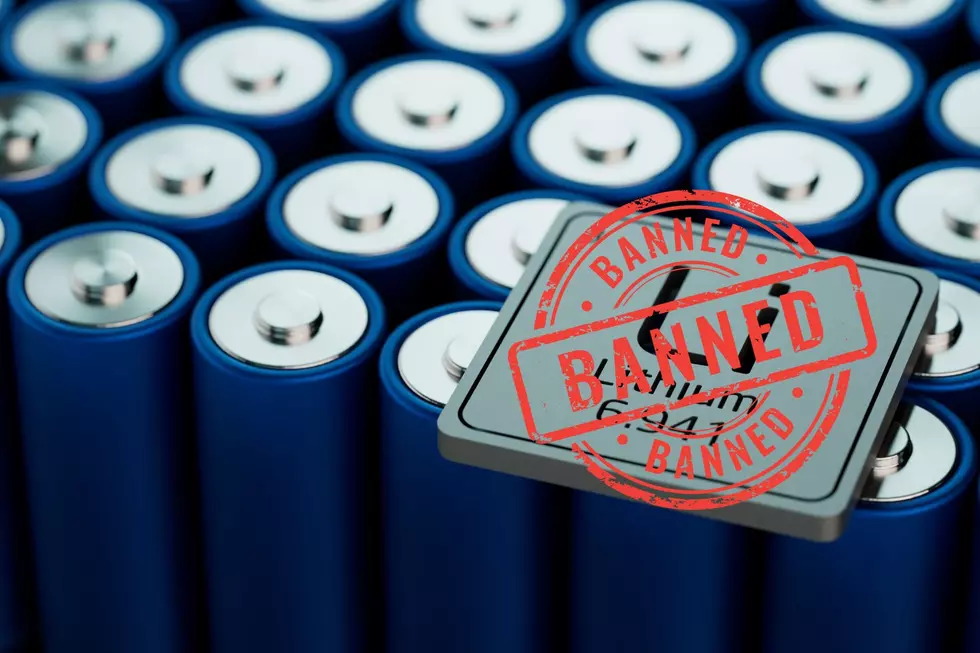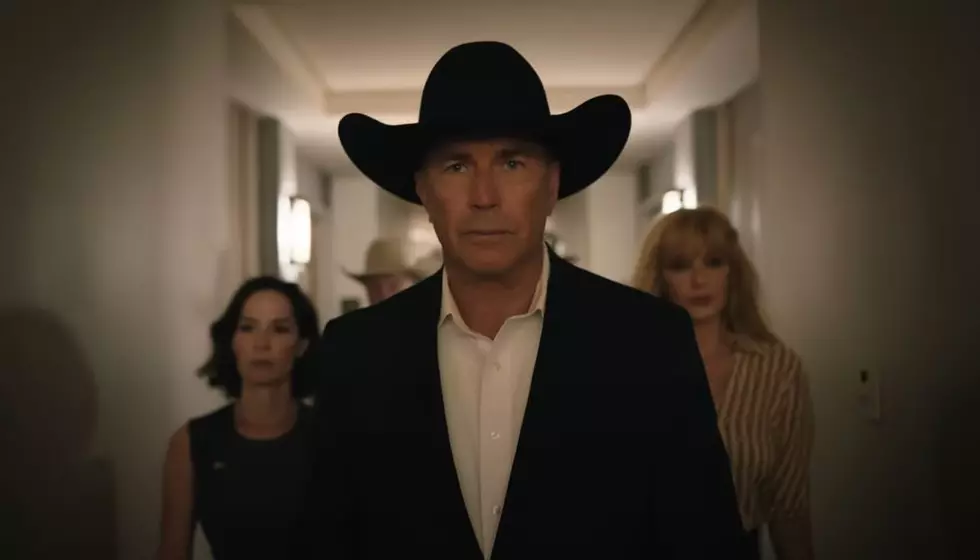
Montana’s Smokey Skies Allow Us to View Meteor Shower in Daylight
The smoke that has settled into the valleys has gotten extremely thick. It is getting to the point that everyday seems like a cloudy day. Not only is the air quality bad, but visibility is next to nothing. Not to mention the gloom is somewhat depressing.
Thankfully there is a few positive things about the smoke. It allows us to view meteor showers during the day. This past weekend I went fishing on Flathead Lake. As the sun came up into the sky, we noticed we could look directly at it and not hurt our eyes. It was a giant glowing ball hung in the center of the sky. The same goes for the meteors. Everyone is used to seeing meteor showers at night. But, that is not the only time the meteors are falling. We only see them at night, because they are not as visible during the day. The smoke is making it to where the otherwise invisible meteors, are visible during daylight hours.
We are hearing lots of people reporting UFO sightings all over Montana. These UFOs are actually meteors. They just seem out of place because people are seeing them in daylight.
According to Almanac.com
The Perseid meteor shower occurs every year from about July 23 to August 22, but reach their peak from late midnight August 11 to dawn August 13.
The shower’s peak or “maximum” is when the greatest number of meteors per hour fall (50 per hour)—is typically in the pre-dawn hours (when it’s still dark).
So, even though you can barely see the mountains, or make out any natural landmarks, you can see flaming balls of rock fall from outer space. Take advantage of it, while you can.
LOOK: The most expensive weather and climate disasters in recent decades
KEEP READING: Get answers to 51 of the most frequently asked weather questions...
More From 96.3 The Blaze









